I firmly believe that there is no greater way to appreciate the diversity and majesty of America than to visit America’s national parks. I’ve visited hundreds of them, and continue to seek them out whenever possible.
Why?
Because our national parks preserve some of the most incredible natural, cultural, and historical treasures in America: wide open landscapes, wildlife, plant life, volcanoes, dinosaur fossils, mountains, lakes, historic sites, trading posts, ancient dwellings, and islands.
The American Southwest – SoCal, Arizona, New Mexico, Utah, Colorado, and West Texas – contains dozens of the best national parks in the system. And winter visits (from November through March/April) has advantages. The crowds are thinner, winter sunsets are spectacular, and the daytime temperatures in most of these parks reach into the 60s and 70s.
Traveling in Airstream or RV is the most practical and economical way to see and get the most out of a visit to any national park. Waking up inside the park boundaries, surrounded by pristine nature, beautiful views and quiet – there’s nothing like it.
Here are some of the best national parks in the Southwest for a winter visit, and a few tips for planning your trip.
Death Valley National Park, California

The hottest, driest, and lowest park in the park system, Death Valley NP goes as low as 282 feet below sea level. Extremely hot in summer (average 120 high, 92 low) but very pleasant during the winter months, it is an incredible place to hike, photograph, and enjoy scenic drives, sunsets, and star gazing. Be prepared for lots of driving, because the park is immense.
Death Valley (along with Joshua Tree and Big Bend National Parks) is also designated a Dark Sky Park by the International Dark-Sky Association. If you appreciate visiting relatively wild areas not engulfed by huge population centers, that’s good news. It’s also good news for photographers, as the scenic opportunities are endless.
Organ Pipe Cactus National Monument, Arizona

This is one of my and Tothie’s “local” favorites, and it’s only a 90 minute drive from Tucson. Surrounded by spectacular Sonoran Desert beauty, you’ll find hiking, scenic drives, birding, gravel biking, and nighttime stargazing. There are no hookups in this park, but the trade off is beautiful sunsets, lots of vegetation between campsites, and the chance to see the organ pipe cactus. The park is rich with this huge cactus which is at its northernmost habitation point in the national park.
The Twin Peaks campground is popular in winter, so reservations are recommended. There are no hookups. Generators can only be used in one section, and during limited hours, so the park generally stays quiet. The bathhouse is modern and well-maintained, and there is a convenient dump station.
Organ Pipe Cactus is just north of the US border with Mexico – so close that you can see the fence in the distance. This may concern or fascinate you, but worth mentioning. Sometimes certain backcountry roads are closed due to border issues.
White Sands National Monument, New Mexico

This spectacular park looks like no other. It’s as if a great big beach got moved onto the Southern New Mexico desert – but without the water. 275-square miles of sand dunes made of gypsum have engulfed the desert here. In fact, it's the world's largest gypsum dune field. White Sands National Park preserves a major portion of this dune field, along with the plants and animals that live here.
At White Sands you can enjoy otherworldly hikes, bird watching, and scenic drives. If you’re lucky you might see the B-2 Stealth Bomber take off or land at the nearby Air Force Base. Tothie and I made lunch while parked in the Airstream during our visit, with a view of the gypsum dunes out every window.
There's no camping in this park, but excellent camping not too far away at Oliver Lee Memorial State Park and a few commercial campgrounds.
Big Bend National Park, Texas

Big Bend is like three national parks in one, with three separate ecosystems (river, desert, mountain). Each area offers a completely different perspective of nature, human history, and climate. Big Bend has it all: fossils, hot springs, mountains (and mountain lions!), river rafting, spectacular hikes, shady groves, wide-open desert, spring blooms, and much more. You'll want to visit this park more than once, to be able to explore even half of what it has to offer.
One campground (Rio Grande Village) offers full hookups, and all other RV camping in the park requires some boondocking skills. Cell phone service is scarce, as are services such as gasoline, repairs, and groceries. Being well off the beaten path, it's one of the less-visited national parks in the southwest, but definitely also one of the best. Come prepared to get off the grid for a few days, and explore.
Joshua Tree National Park, California

This park is super-easy to get to (right off I-10, east of the Palm Springs area), and has wonderful desert scenery, rock climbing, hikes, and two camping areas. At about 3,000 feet elevation, it's a lot cooler than Palm Springs and other parks in this list. Because of its proximity to major population areas, it's also more crowded at peak times than many other southwest national parks.
Tips if you're heading to national parks in the west
-
Don’t underestimate altitudes, distances, or weather. In the west, it’s altitude, not latitude, that matters. Always know the altitude of where you plan to visit, and check the weather. Big temperature swings, not to mention snow and ice storms, can occur seemingly out of nowhere at high altitudes, even if the latitude is Southern California. Pack accordingly.
-
Never pass up a fuel stop. Distances between gas stops may be longer than you’re used to. When in doubt, top up the tank.
-
Always drink, and carry with you, more water than you think. When temperatures are cool or cold, it can be hard to remember to keep hydrated. But even desert dwellers can quickly get behind if they aren’t diligent, creating fatigue, headache, or worse. Plan to take reusable water bottles and refill them frequently. An easy way to have quality water at the tap is to travel with a water filtration system.
- Don't trust the GPS entirely. Many times people have followed their GPS's instructions onto a 4WD road and into a dangerous situation. When in doubt, follow official road signs and not the GPS.
Things to know about camping in our national parks
-
National park hookups are limited. Site fees are very reasonable (typically $20 - $40 per night) but hookups are limited to water and a dump station. When traveling in western desert parks, be sure you’re skilled at camping without hookups, and that you have solar or a generator on board. For smaller parks where sites are limited, you may be required to reserve in advance at ReserveAmerica.com.
-
Start at the Visitor Center. Our first stop at any National Park is the Visitor Center, to pick up maps and talk to rangers or volunteers. These folks are a great resource for helping you plan your visit and often recommend less-used areas or trails, or interesting activities you may not have thought of. In fact, last weekend a ranger at the Borrego Springs (California) State Park Visitor Center pointed us to a slot canyon hike I’d ever heard of after visiting the park more than 15 times. It ended up being the best slot canyon I’ve ever hiked in Borrego Springs. Visitor Centers also contain lots of information about the natural and geological features in the park, historical information, and more.
-
Purchase an “America the Beautiful” National Parks pass if you plan to visit multiple parks. Each pass covers entrance fees at national parks and national wildlife refuges as well as standard amenity fees (day use fees) at national forests and grasslands, and at lands managed by the Bureau of Land Management, Bureau of Reclamation and U.S. Army Corps of Engineers.
If you are under age 62, an annual pass is just $80. The deal gets even better if you are 62 or older. For $80 (plus a $10 handling fee if you order online), you can get a “Lifetime Senior America The Beautiful” pass — and never pay an entry fee again.
-
If you are traveling with kids, ask at the Visitor Center about the Junior Ranger program. My daughter Emma looked forward to these programs at every park we visited.
- Pick up a National Park “Passport” book in the Visitor Center. Not just for kids, it’s great fun to collect passport stickers from National Parks you visit.
If this post inspired you, check out the book I co-authored with photographer and naturalist Bert Gildart. EXPLORE: Enjoying America’s National Parks from Your RV is available for $9.95 and includes detailed information and beautiful photographs for planning your visit.


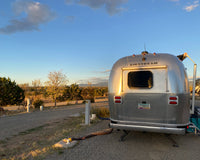
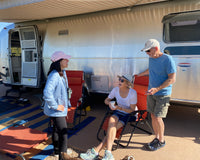
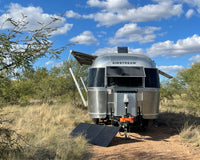
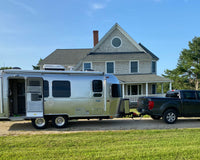
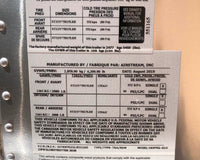
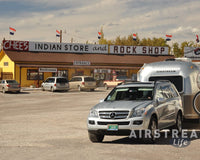

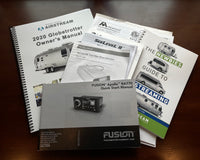
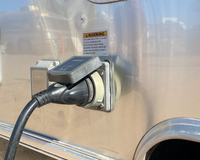
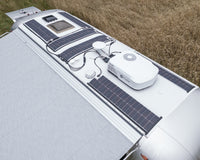
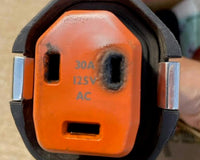
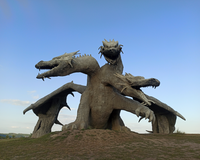
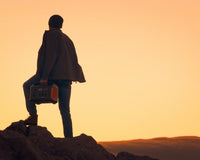

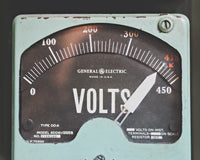


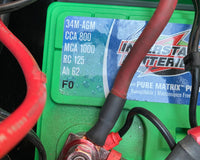
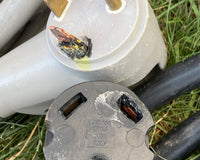
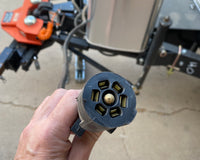
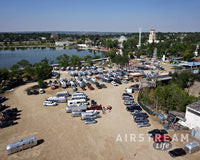
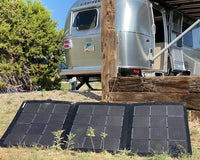
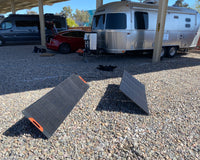
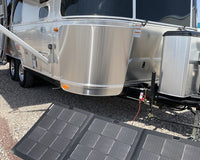
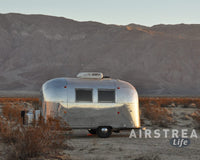
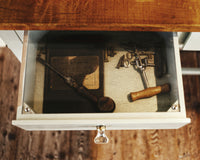
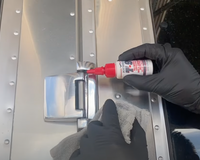
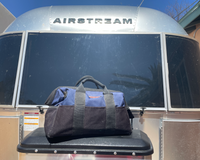
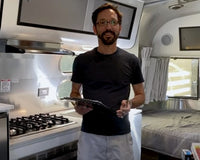
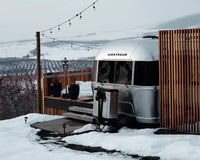
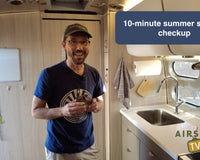
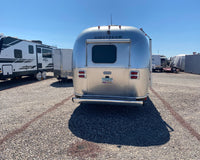
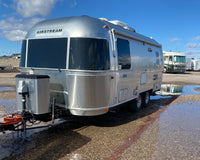
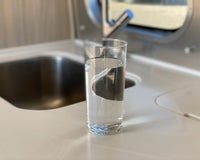
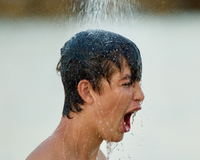
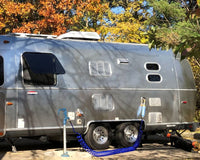
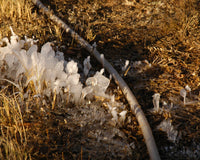
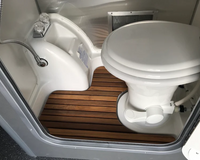

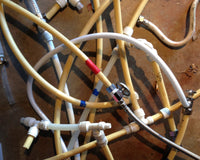
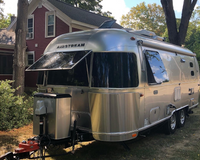
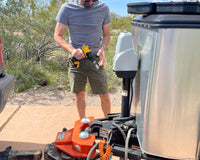
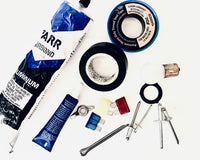
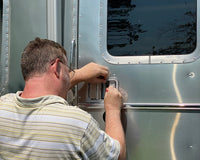
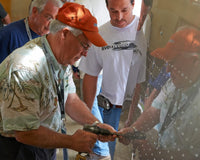
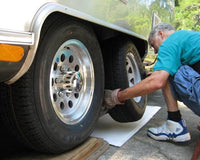
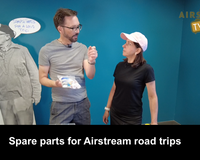
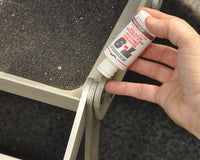
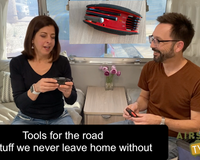
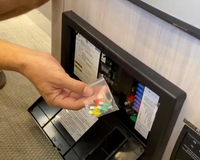

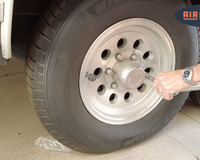
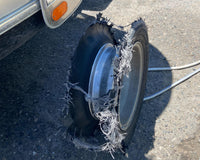
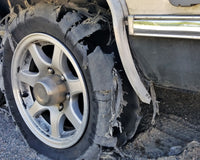

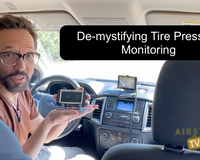
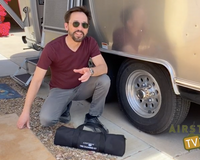
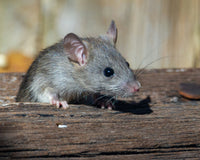
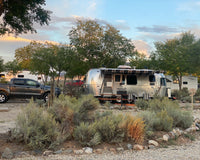
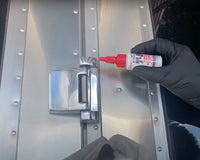
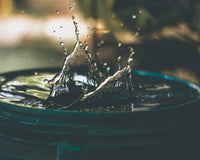
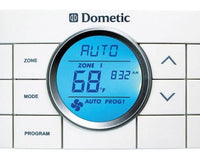
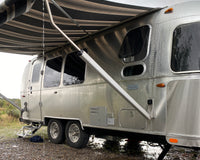
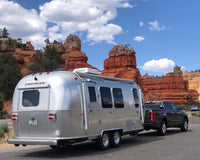
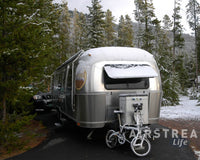
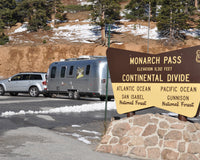
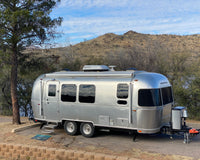
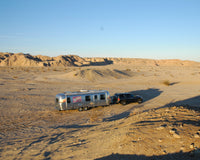
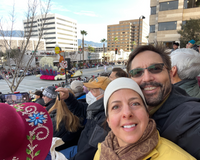
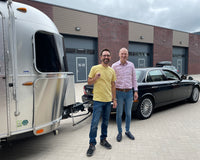
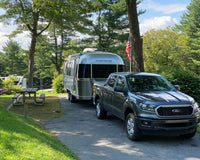
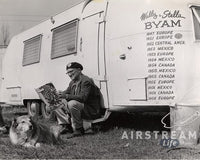
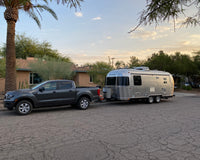
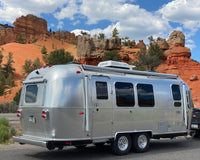
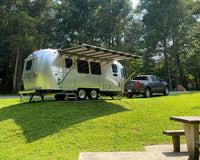
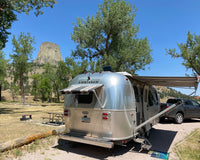
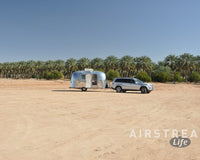
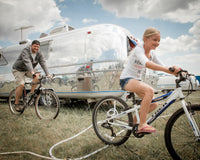
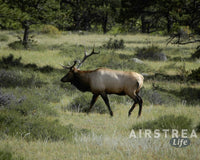
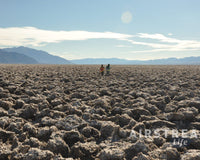
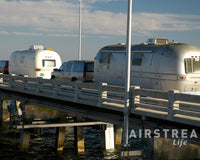
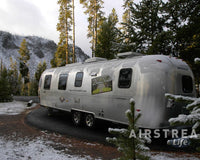
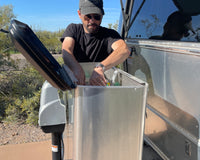
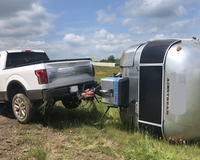
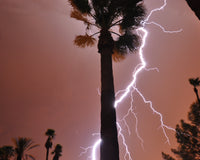
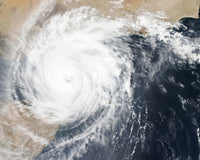
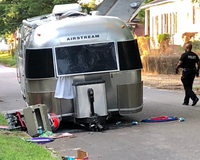
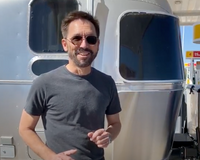
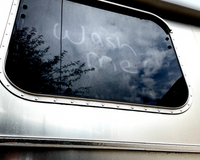
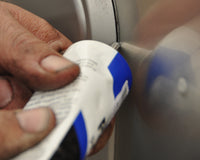
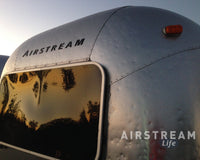
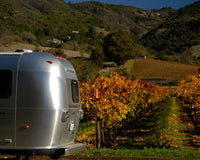
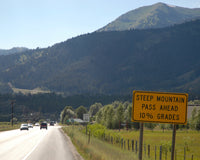
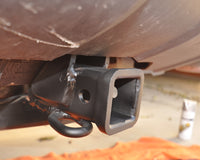
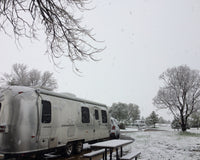
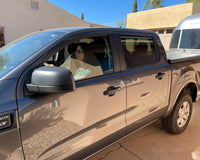
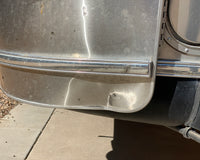
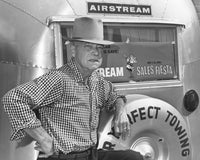
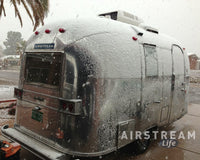
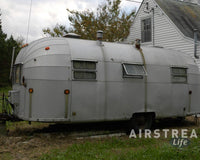
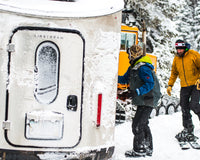
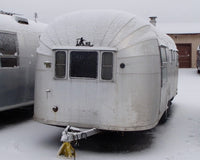
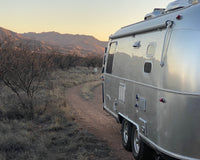
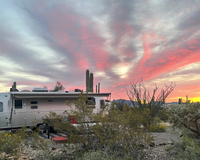
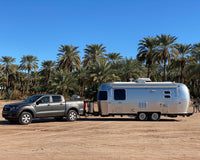
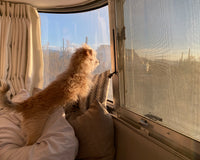
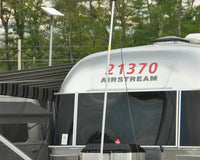
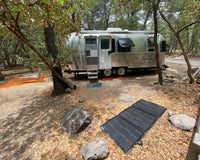
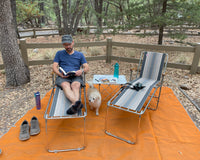
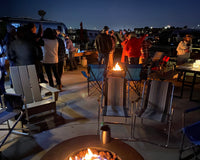
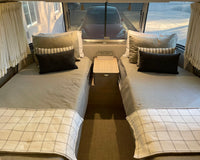
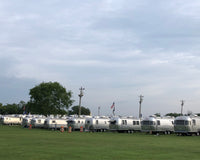
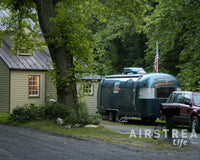
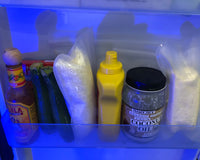
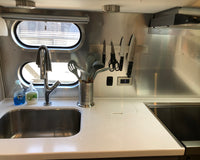
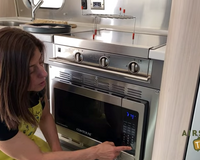
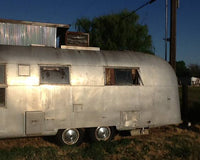
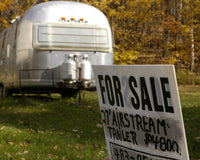
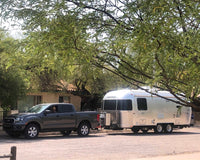
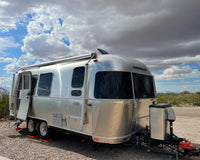
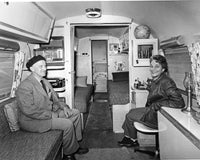
6 comments
Bob Looser
Rich – I have reservations for Death Valley & Joshua Tree in Feb/March. Can you give me some info on slot canyon in Borrego Desert State Park? I will look into adding it to my trip. Thanks…. Bob
Jeffery F Hammonds
Thanks! Once upon a time we lived in Eastern Montana. It was common practice to never let your gas guage drop below half-full, and that was when not towing.
Big Bend National Park, our favorite park, having first visited in 1977 and to which we often return. Camping in the majestic Basin, as in the desert below, is an experience of peace and contentment. NB: the maximum length trailer permitted on the road to the Basin, over Patnther Pass, is 20’ (one reason we love our 19cb).
Water: Don’t undersestimate our need for water and the desert’s ability to evaporate it from our skin, a dangerously serious mistake I made in the invincibily of my youth. We can’t carry too much or drink too water much in the desert.
Again, thanks for your guide to the Southwest parks.
Randy Mathern
Not sure how you could have visited “hundreds of them”, when there’s only 63 National Parks… but I agree, State AND National Parks are the Best!
Rich Luhr
Bob: Ask one of the volunteers or Rangers in the Visitor Center for directions to “South Palm Slot”.
Randy: That’s a common area of confusion. There are over 400 (lower-case) “national parks”. The National Park System includes far more than just the few that are designated “National Park”. Note that our list above includes two National Monuments. Whether it’s a National Historic Park, National Battlefield, National Historic Landmark, or any of dozens of other national park designations, they are all national parks.
Tom Hargrove
Great summary and ideas! Plan to hit them all. Note that White Sands is now a National Park (not monument).
Donald Swett
We attempted to stay in Death Valley last Sept. Major flooding closed down the park for at least the time frame we planned. Many sections of the roads into and around the park experienced major damage. Some of the roads were not expected to be repaired until 2024. I would recommend checking road conditions before fully committing to Death Valley.